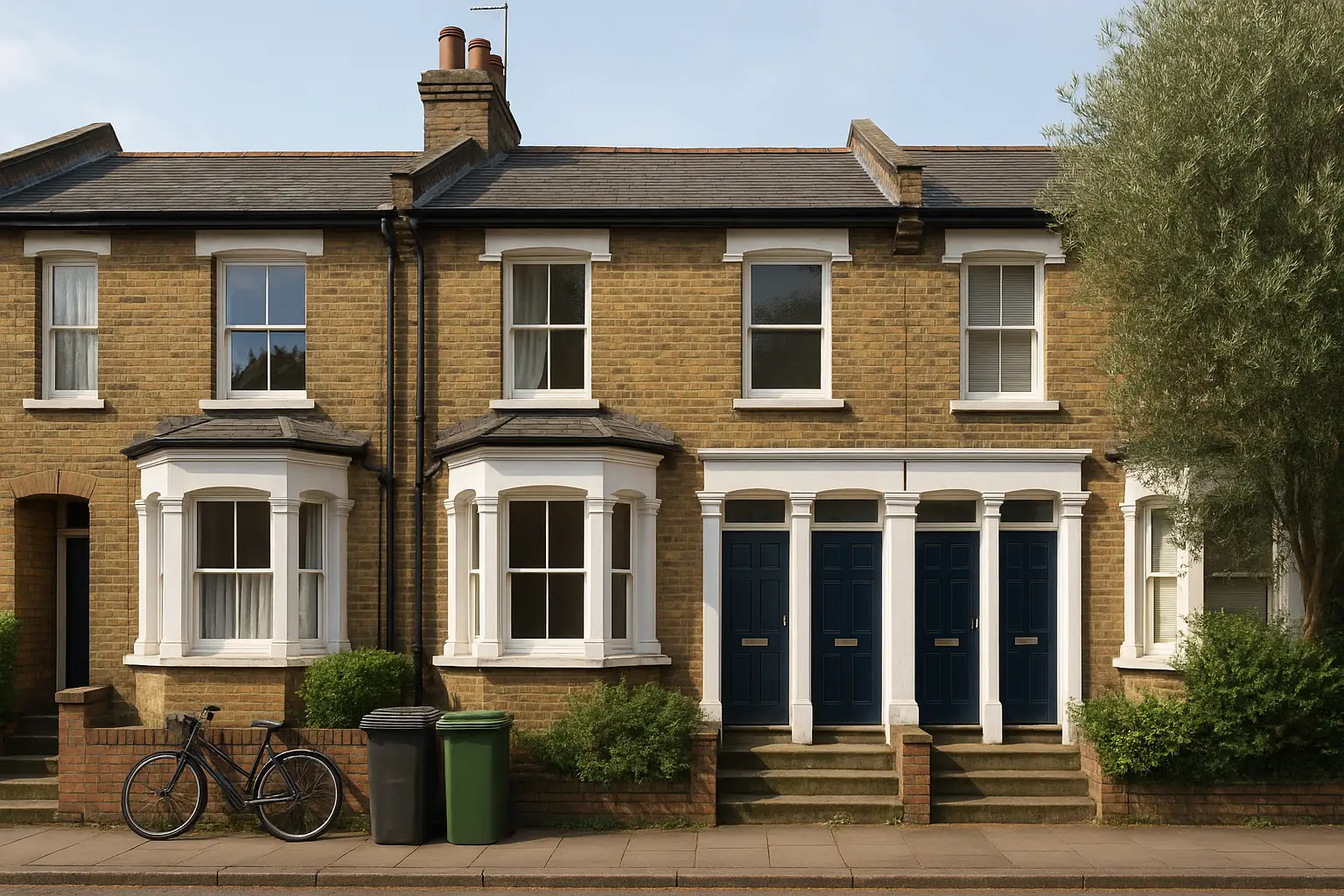MENU
Home » Blog » A Lawful Development Certificate
In this blog, we’ll explain when converting a property into a House in Multiple Occupation (HMO) could be considered permitted development and when planning permission may be required.
Permitted Development Basics
Converting a property into a House in Multiple Occupation (HMO) can sometimes be considered permitted development meaning planning permission is not required. However, there are some important caveats, to be aware of to avoid falling foul of the most common permitted development mistakes. Only houses have permitted development rights but not all houses have permitted development rights. Flats, maisonettes, and commercial properties always need planning permission.
Planning Constraints
Planning constraints such as conservation areas, listed buildings, world heritage sites, areas of outstanding natural beauty, article 4 directions or even living under a flight path may limit or remove your permitted development rights. Any previous developments even by a previous owner a long time ago may have used some, or all of your Permitted Development rights, meaning planning permission IS required.
Planning policies are also ever-changing. Even if converting a property into a House in Multiple Occupation (HMO) is permitted development today, the council can impose new planning constraints that remove your permitted development rights at any time in the future. This could result in a breach of planning, and risk enforcement action. If an enforcement notice is issued and retrospective planning permission is refused you would need to restore the property back to its original state.

When Can Converting a Property into a House in Multiple Occupation (HMO) be a Permitted Development?
If your house has Permitted Development Rights and there are no hidden constraints that have removed your PD rights ( such as an Article 4 Direction), converting your property into a House in Multiple Occupation (HMO) may not need planning permission if it meets ALL of the following:
- The existing property is classed as a dwellinghouse (Use Class C3).
- The proposed HMO will be occupied by no more than 6 unrelated individuals who share basic facilities such as a kitchen and or bathroom.
- The change of use is solely from Class C3 to Class C4 (small HMO) and does not involve any external alterations or extensions that would otherwise require planning permission.
However, even if converting a property into a House in Multiple Occupation (HMO) meets these criteria, you may still need planning permission.
For example, if there are hidden planning constraints or your permitted development rights have been used up by previous developments.
It is important to note that 20% of our planning applications are retrospective and 99% of these were sure they didn’t need planning permission but got it wrong.
With this in mind, it’s best to check with your local planning authority or a chartered town planner before commencing work to limit your risk and expense.
How to Find Out If You Need Planning Permission?
To find out if you need planning permission you have 2 options.
The first option is to submit a pre-application to your council.
This requires architectural drawings showing the property before and after the works, along with a detailed proposal explaining your plans and how they meet the relevant planning policies. A pre-app costs up to £600 and typically takes 5 to 8 weeks for a response, though it’s not a legal determination and doesn’t guarantee approval.
Alternatively, our town planners can provide a planning appraisal.
We check the same planning policies, planning history, and planning constraints as the council but without the need for architectural drawings or a detailed proposal. The advantage of a planning appraisal is you’ll get the answers you need within a day instead of waiting weeks.
A Lawful Development Certificate
For anything likely to be considered Permitted Development it is always recommended to obtain a Lawful Development Certificate before commencing any works. A Lawful Development Certificate is the only way to prove that your development is Permitted Development and does not need planning permission.
It is also often required when selling or remortgaging your property, to prove to buyers or lenders that all modifications are lawful. Without planning permission or a lawful development certificate conversion of the property into a House in Multiple Occupation (HMO) may not increase the value of your property. By securing a Lawful Development Certificate, you’re investing in both the future security and potential value of your property.
If you’re considering converting a property into a House in Multiple Occupation (HMO) and would like any help or advice contact us for a free no-obligation consultation.





